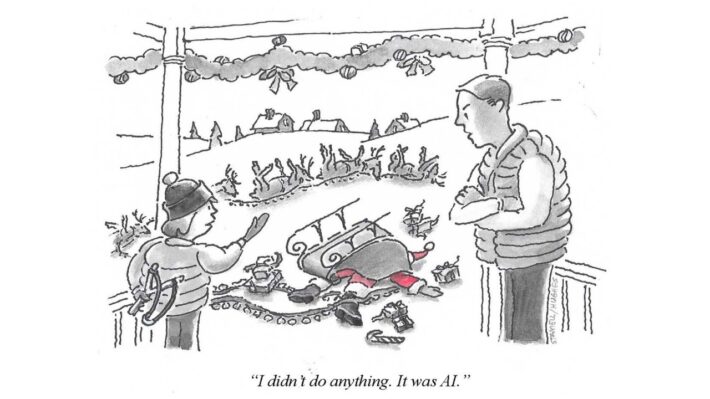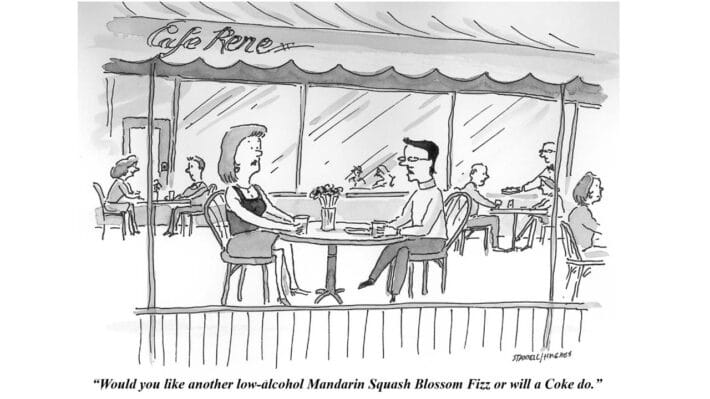DTC Wine Shipments are growing at a record pace. How long will it last?

There’s no question that DTC wine sales are growing at a dramatically rapid pace. According to Sovos ShipCompliant’s 2017 DTC Report, shipment volume increased more than 17% last year with similar growth expected this year. The potential seems unlimited with 45 states now allowing direct wine shipments. Three states, California, Texas and New York account for nearly half of the purchases so there’s a lot of territory yet to be conquered.
The primary beneficiaries, so far, have been the large wineries producing more than 500,000 cases. Their shipment growth of 182.6% last year is skewing the numbers but still demands notice. Wineries in the 50,000 up to a half-million have benefited less but they are rapidly jumping on the DTC band wagon. Below those wineries’ size, there is increasing focus on DTC as their sales are coming more from tasting rooms, wine clubs and cult followings.
Napa Valley wineries are accounting for nearly half of DTC sales and Sonoma is showing the fastest growth. Certainly, they and all wine regions are benefiting from nearby metropolitan areas and the increase in wine tourism. However, the real potential for growth is likely to be in other parts of the country and everyone is abuzz with the entrance of Pennsylvania to DTC legalization.
It seems like market growth will go on forever, or will it?

Is this the future of DTC? Perhaps, not for a while but wine marketers should recognize that their wine clubs and wine sales emails are competing both with those from other wineries and thousands of online retailers. American companies are sending more than 1.5 million emails a month selling their wares. It’s all competition for wine DTC!
So, how do you get more attention for your emails and rise above all the clutter?
The problem is that Bob and Sally, Steve and Annie and the millions of consumers like them have, at best, a very weak emotional connection to the wineries trying to sell them wine. Wineries need to focus on making an emotional connection to earn the consumer’s trust, interest and business. It’s all about building a relationship.
Here are 5 steps to ensuring that you not only grow your DTC sales but build your relationship with your customers and increase brand equity for a time when you’ll need it, such as a slowing economy.
- Build your list but never buy or trade lists. At every point of contact with your customers, you should ask for an email address. Your social media and digital advertising should link to a landing page where the information goes directly into your database.
- Your landing page should ask for email address, zip code, first name and two or three questions that will help you determine their interests. For example, what is their primary interest in your winery? Is it learning more about the different wines; about your winery and its history, great recipes, travel ideas? – All will help you build a relationship with them.
- Every person who signs up should receive a thank-you email with one or two questions in it. The email should come from a real person who works at the winery. This is not an acknowledgment of their signing up. It’s a genuine note of thanks and asking them more about how and what they would like you to communicate with them. Treat them like a good friend. All of the information should automatically append to their customer lfile.
- Segment your list by primary interest and create a separate monthly email for each interest. That’s a lot of work but don’t worry, we have a solution for you. Each monthly email should have a sales link or deal of the month but you’ll want to engage them with other features of your winery, like the reasons they wanted to visit in the first place.
- Measure and monitor your list by primary interest, source, geo code, purchase history, where they shop for retail and other data so you can segment and market directly to their preferences.
The five steps above provide a combination of list acquisition, market research, content marketing and automatic CRM. If you follow this process, you’ll develop brand engagement that will help you with DTC, retail and foodservice sales at the same time. You’ll create a profile that rises above merely being a seller of quality wines to become a preferred lifestyle brand.
It’s not easy to do but fortunately, that’s what Oomiji does. The Oomiji platform (oomiji.com/wine) helps you learn how to make that all important emotional connection and without it, DTC wine sales will ultimately hit a wall. With a relationship built on fulfilling needs and understanding customers, growth in DTC wine sales will be one of many benefits that accrue to wine marketers.
Oomiji connects insights to individuals so you can segment them by interests, perceptions, motivations or practically any information they provide. It is the next generation platform in building customer relationships. Visit Oomiji.com and ask for an online demonstration at info@oomiji.com.



